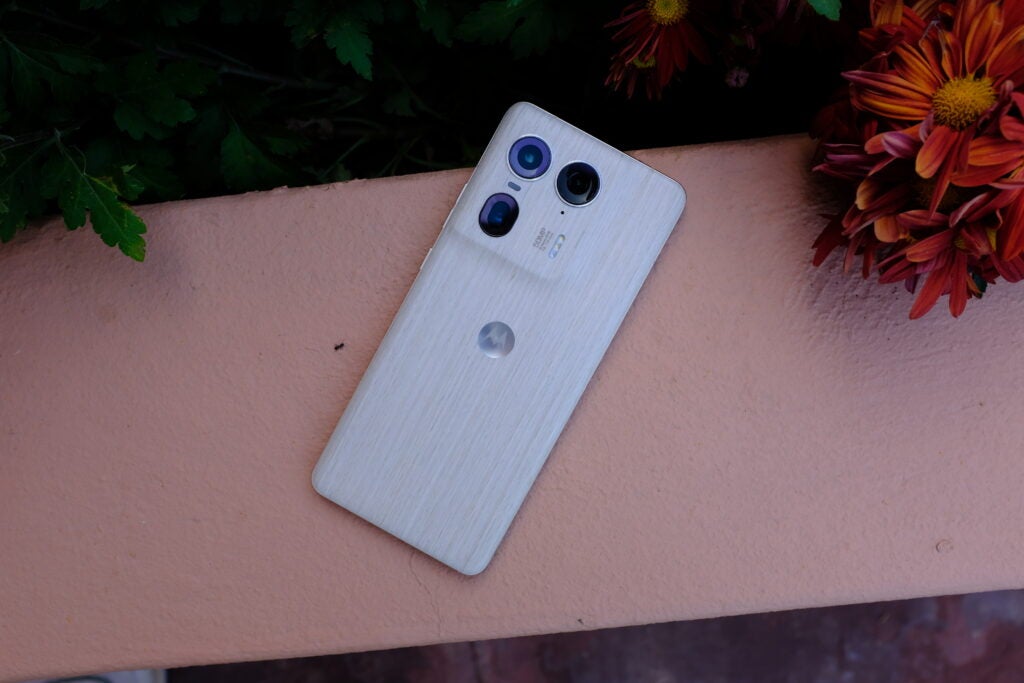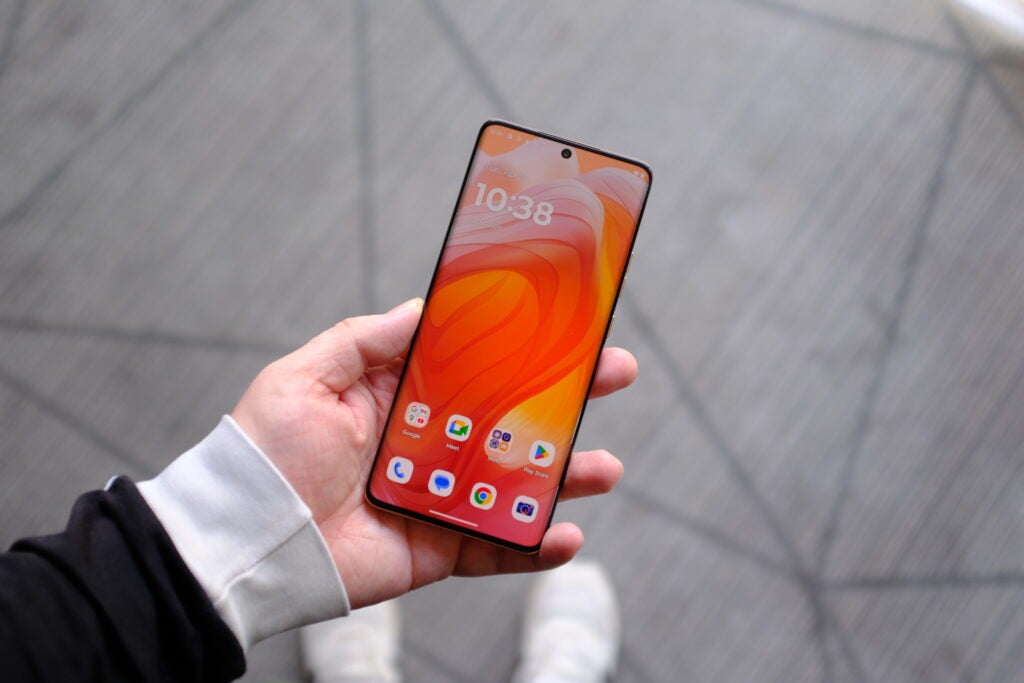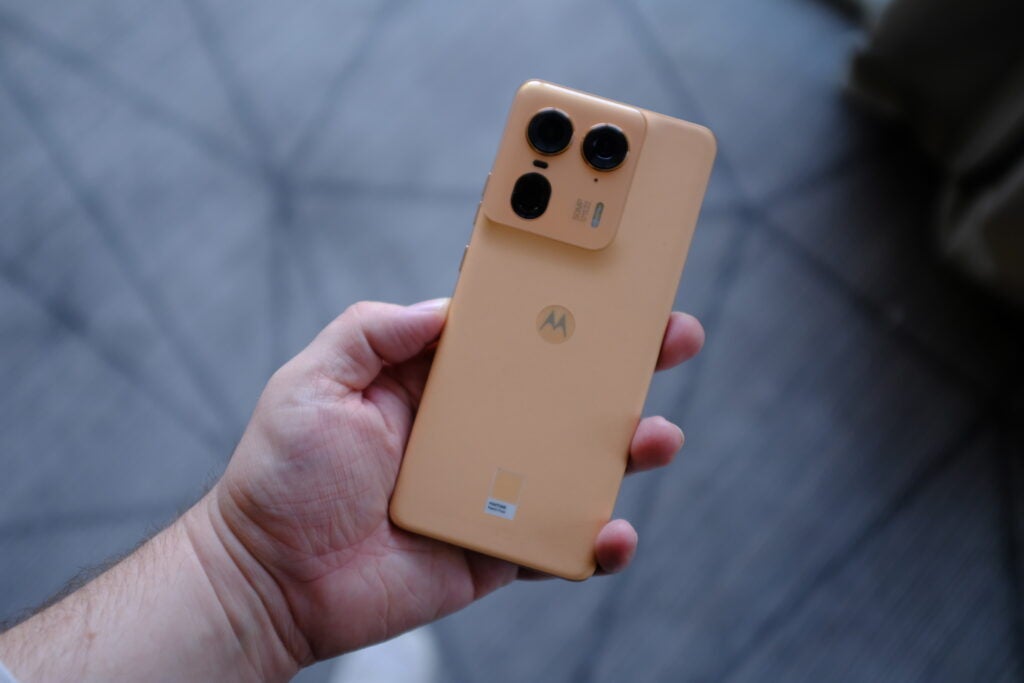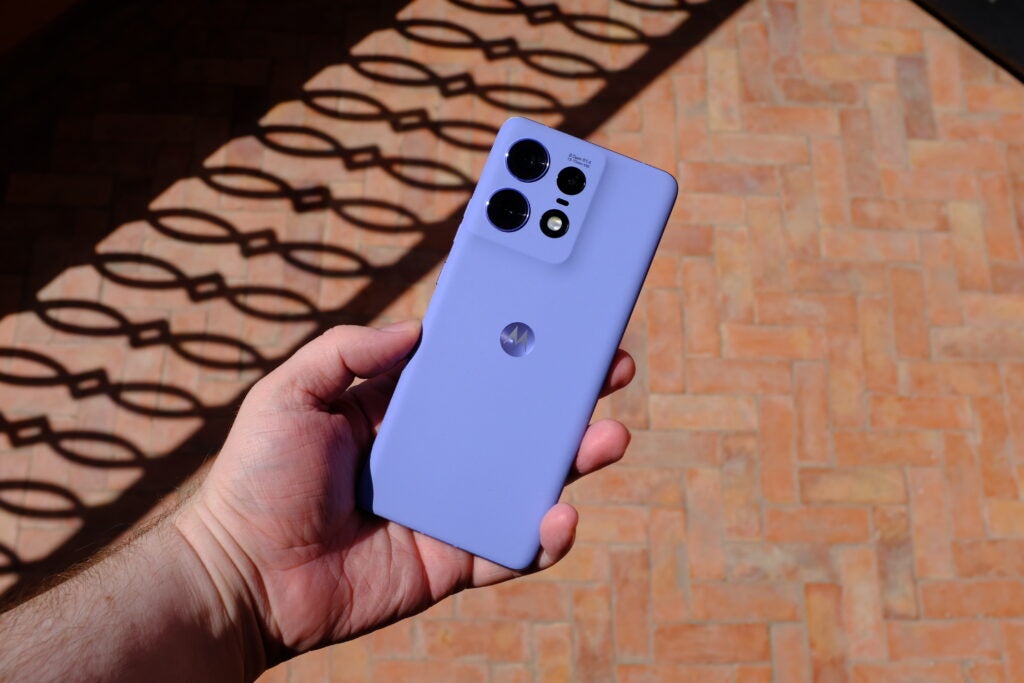Motorola has announced the Motorola Edge 50 Ultra and the Motorola Edge 50 Pro, but what’s the difference between the two stylish smartphones?
While the two may sport the same premium design and vibrant colour options that Motorola is well known for, there are a few key differences between the two that could sway your vote between the £599 Edge 50 Pro and the top-end £849 Edge 50 Ultra.
While we haven’t yet fully reviewed the new smartphones, we have gone hands-on, giving us some idea of what’s on offer. With that said, here are some of the most important differences between the Motorola Edge 50 Ultra and Motorola Edge 50 Pro.
The Motorola Edge 50 Ultra is more powerful
When it comes to pure processing power, the Motorola Edge 50 Ultra stands out. It uses Qualcomm’s new Snapdragon 8s Gen 3 chipset, which was announced in March – in fact, it’s one of the first smartphones to use the new chipset.


It’s not quite on the same level as the flagship Snapdragon 8 Gen 3, which is still the more powerful of the two chipsets, but according to Qualcomm, it’s somewhere between the Snapdragon 8 Gen 2 and Gen 3 in terms of power.
The Motorola Edge 50 Pro, on the other hand, features the mid-range Snapdragon 7 Gen 3. It’s still a capable chipset for general use and gaming, but it can’t quite match the output of the Ultra’s 8s Gen 3.
The Motorola Edge 50 Ultra has a higher-res display
While manufacturers tend to use the display to differentiate between different models in a phone collection, that’s not the case with the Motorola Edge 50 Ultra and Edge 50 Pro – in most respects, anyway.
You see, regardless of the model you opt for, you’ll find the same 6.7-inch pOLED screen with a rapid 144Hz refresh rate usually exclusive to gaming phones, and they both offer the same boosted 360Hz touch sample rate to further enhance the gaming experience on offer. They also support formats like HDR10+ to round off the premium offering.


In fact, one of the few differences between them seems to be resolution, with the top-end Ultra model sporting a ‘Super HD’ resolution of 2712 x 1220, compared to the Pro’s Full HD+ resolution. Motorola claims that this is 13% higher than the previous generation, though whether this is that notable in real-world use is yet to be seen.
The Motorola Edge 50 Ultra has a more capable camera system
One of the main areas where the Motorola Edge 50 Ultra and Edge 50 Pro differ is in the camera department.
The Motorola Edge 50 Ultra sports a main 50MP snapper with a wide 1/1.3-inch sensor, combined with an f/1.6 aperture, omnidirectional PDAF and OIS. That’s blacked up by a 50MP ultrawide with a 122-degree FOV with an f/2.0 aperture and a 64MP 3x telephoto lens with 100x digital zoom capabilities. There’s also a 50MP selfie camera for equally high-quality selfies, and the Ultra also uses GenAI to boost general photo and video performance too.


The Motorola Edge 50 Pro, on the other hand, sports a 50MP main camera with a slightly smaller 1/1.55-inch sensor and a wider f/1.4 aperture, along with PDAF and OIS, coupled with a 10MP 3x telephoto lens and a 13MP 120-degree ultrawide. It does at least match the Ultra’s 50MP selfie camera, however.
Both have super-fast 125W charging capabilities
While the Motorola Edge 50 Ultra has the upper hand in many aspects, the Motorola Edge 50 Pro matches the Ultra’s super-fast 125W fast charging technology, which is among the fastest on the market.
The firm claims that the 125W super charging tech can deliver “power for the day” in just 4 minutes. That’s not a full charge, to be clear, but given that the 100W OnePlus 12 can get a full charge in 26 minutes, it certainly looks promising for both smartphones.
Of course, the Ultra can’t be outdone by the Pro, which is why it also includes 50W wireless charging capabilities to separate itself. You’ll need a special Motorola-branded wireless charger to take advantage of the super-fast speeds, but at least it’s an option.


Both phones feature Moto AI
First teased in 2023, both the Motorola Edge 50 Ultra and 50 Pro sport Motorola’s new Moto AI. While it’s not quite on the same level as Samsung’s Galaxy AI, it does enable some fun new features for the phones.
Both will get access to Style Sync, which allows users to upload photos of their outfits to generate matching wallpapers. It also includes the usual GenAI wallpaper capabilities we’ve seen from Google, Asus, and Samsung in the past few months.
The Edge 50 Ultra also takes advantage of Moto AI in the camera department. The GenAI tech allows for features like adaptive stabilisation, auto-focus tracking, action shot functionality, and improved long exposure capture to further improve the top-end camera experience on offer.
The firm also claims that Moto AI will soon be able to provide enhanced search functionality that, in addition to searching for apps, contacts and settings, will be able to “access even more information off their device with the help of web search and generative AI” though exactly when this functionality will be rolled out is TBC.

